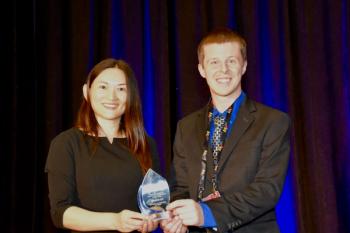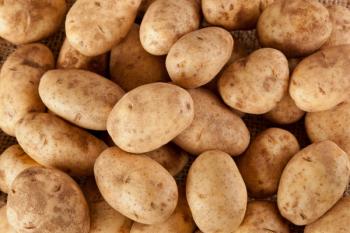
SMASH 2024: A Brief Overview of the Bruker User Meeting
On Sunday, September 15th, the SMASH NMR 2024 conference will kick off in Burlington, Vermont. Here is what attendees can expect at Bruker’s User Meeting.
Founded in 1999, The Small Molecule NMR Conference, coined as SMASH NMR, focuses on nuclear magnetic resonance (NMR) and its recent applications (1,2). The SMASH conference brings together industry experts, academics, and manufacturers to discuss the current trends and changes in NMR methodology (2).
This year, the SMASH Conference will be held in Burlington, Vermont, at the Hotel Champlain Vermont (1,2). The largest city in the state of Vermont, Burlington is nestled right by Lake Champlain; as a result, conference attendees, while interacting with the other conference attendees, will have the opportunity to experience the introduction of autumn in New England (1,2).
At 9:00 am EST that morning, there will be two three-hour user meetings taking place. These meetings will be hosted by JEOL and Bruker. JEOL’s User Meeting will take place in the Vermont Conference Room, and the Bruker User Meeting will take place in the Lake Champlain Conference Room (2).
The Bruker User Meeting covers some of the latest products that the company is currently marketing to scientists and analytical spectroscopists. Bruker will highlight three of its products designed for NMR applications: the Benchtop NMR for pharmaceutical quality control, the InsightMR, and their quantitative NMR assays.
Bruker’s benchtop NMR instrument, called the Bruker Fourier 80, is designed, according to the company, to have a reduced carbon footprint (3). Created to help scientists implement in-house qualitative or quantitative procedures (3), the Fourier 80 is designed to allow end-to-end automation to be accommodated. As a result, the company states that this helps minimize the interactions needed by the operator with the system, simplifying routine testing (3).
Meanwhile, the second NMR instrument Bruker will highlight at SMASH 2024 is their Insight MR, which is designed to monitor reactions and enhance reaction understanding (2). According to the company, the InsightMR portfolio contains a flow unit and dedicated software, which allows scientists to conduct online monitoring of biochemical reactions in real-time (4).
Finally, the third instrument Bruker will highlight is its Mesterlab Mdrive qNMR Solution. According to the company, this qNMR workflow is designed to be used for both high field and benchtop NMR solutions to create analytical procedures for quality control testing in an automated manner (5).
Apart from showcasing their products, the Bruker User Meeting will entail several presentations, delivered by representatives and experts from the company. At 9:15 am, Bruker will discuss the ongoing scientific and sustainability challenges facing the industry. This 30-min talk will be delivered by Michael Hammer (2). Following this presentation, two other talks, “What’s New in TopSpin, and How it Will Help You,” and “10 Things to Do With Proton NMR Spectrum,” will take place, delivered by Amy Freund and Hui Xu from AstraZeneca, respectively (2).
In the second half of the user meeting, two more presentations will take place. The first, “Applications of Bruker Solutions to Demands in the Pharmaceutical Landscape,” will be delivered by Kate Holub (2). The second, taking place from 11:30–11:55 am EST, is titled “Metabolomics From High Field to Low Field” (2). This talk will be delivered by Kyle Hernandez, and it will conclude the user meeting.
References
- Wetzel, W. An Inside Look at the Upcoming SMASH Conference. Spectroscopy. Available at:
https://www.spectroscopyonline.com/view/an-inside-look-at-the-upcoming-smash-conference (accessed 2024-09-03). - SMASH Conference, SMASH 2024. SMASH NMR. Available at:
https://smashnmr.org/ (accessed 2024-09-03). - Bruker, Benchtop NMR for Quality Control. Bruker. Available at:
https://www.bruker.com/en/products-and-solutions/mr/nmr-pharma-solutions/nmr-benchtop-for-quality-control.html (accessed 2024-09-04). - Bruker, InsightMR. Bruker. Available at:
https://www.bruker.com/en/products-and-solutions/mr/nmr-pharma-solutions/InsightMR.html (accessed 2024-09-04). - Bruker, Quantitative NMR Assays. Bruker. Available at:
https://www.bruker.com/en/products-and-solutions/mr/nmr-pharma-solutions/qnmr.html (accessed 2024-09-04).
Newsletter
Get essential updates on the latest spectroscopy technologies, regulatory standards, and best practices—subscribe today to Spectroscopy.




